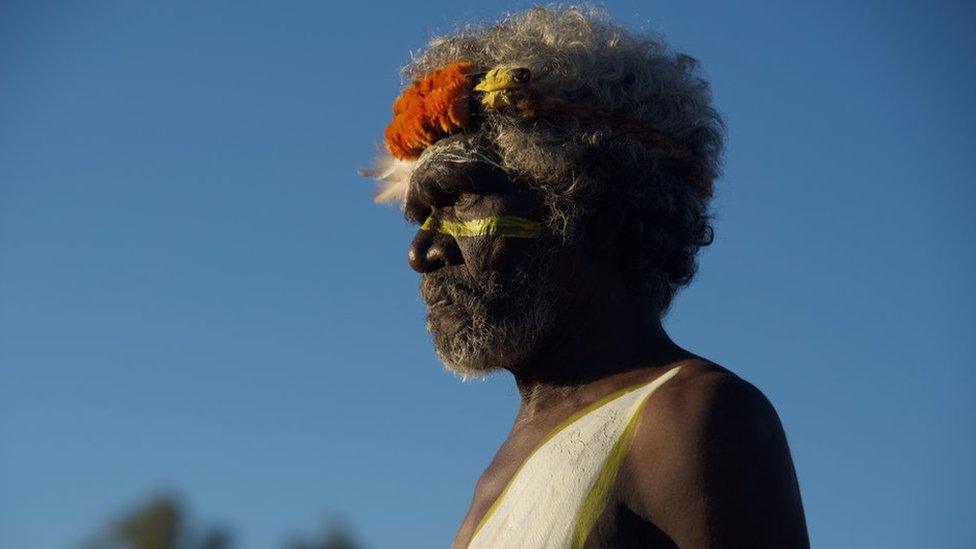Australia's indigenous languages have one source, study says
- Published
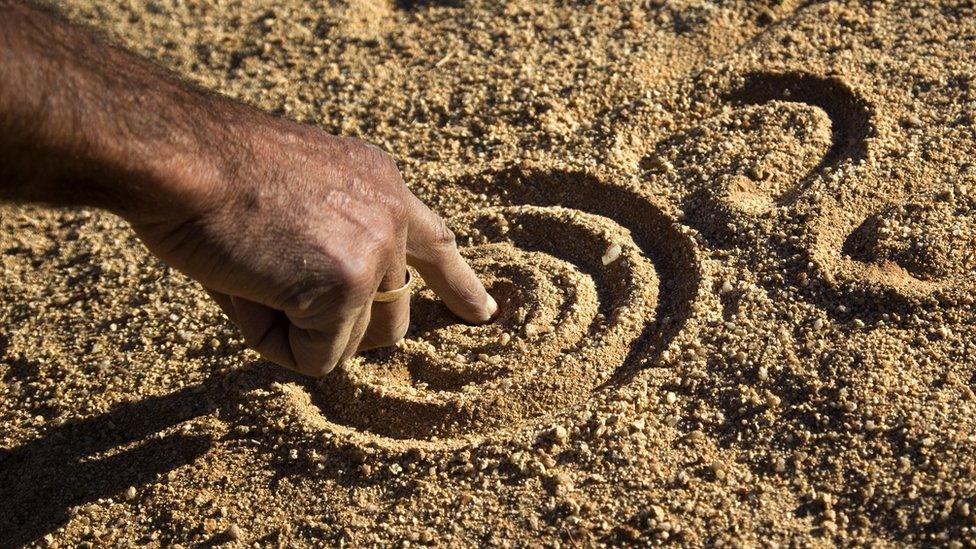
Researchers in Australia say they have traced the country's indigenous languages back to a single, common tongue.
The languages are all derived from a mother tongue, known as Proto-Australian, that was spoken about 10,000 years ago, according to a new study.
Linguists have long debated the subject in Australia.
More than 200 languages were spoken at the time of British settlement in 1788.
The research, published in the Diachronica linguistics journal, external, is the first to prove that all of those languages came from the same family, said linguists at the University of Newcastle, Australia and Western Sydney University.
"Until now, it was speculated that Australia was significantly more linguistically diverse than somewhere like Europe, because it had not been proven that all Australian languages actually stemmed from the same lineage," said Associate Prof Mark Harvey from the University of Newcastle, Australia.
Although an estimated 120 indigenous languages still exist, only about 20 are actively spoken today, he said.
Geographical distance
Researchers said they found "recurrent" and "systematic" traits in the sounds of words among the languages.
"[We were] essentially looking for consistent similarities, like how there's a link between 'good' and 'gut' in English and German," Associate Prof Harvey told the BBC.
He said such similarities were found in the basic vocabulary of languages "that might be 100km (60 miles) apart" in terms of where they were being spoken.
"[It] makes it very unlikely that they are the result of chance or [subsequent] language contact," said Associate Prof Robert Mailhammer from Western Sydney University.
Diversity in the north
Researchers said the language family had spread and diversified from a small area in northern Australia.
"Where you have the greatest diversity is where the original forms [of language] were, so your standard starting point would be the Kimberleys [in Western Australia] and the Top End [upper Northern Territory]," he said.
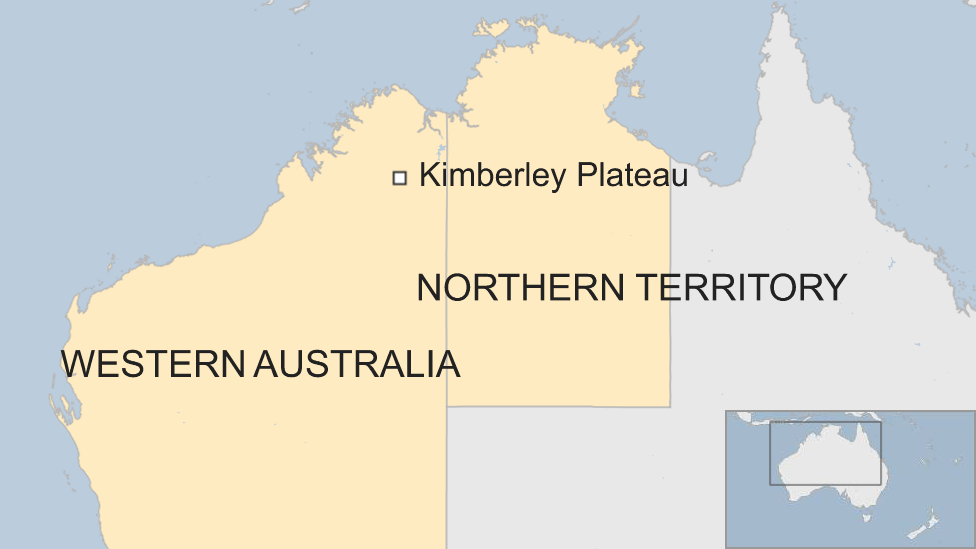
However, he said the findings did not fit well with existing understandings of how populations had moved across the continent.
People movements are usually regarded as key factors in spreading languages, Associate Prof Harvey said.
"So there are still lots of questions about how we understand the pre-history of Australia," he said.
Aboriginal Australians are believed to be the world's oldest continuous civilisation.
- Published20 July 2017
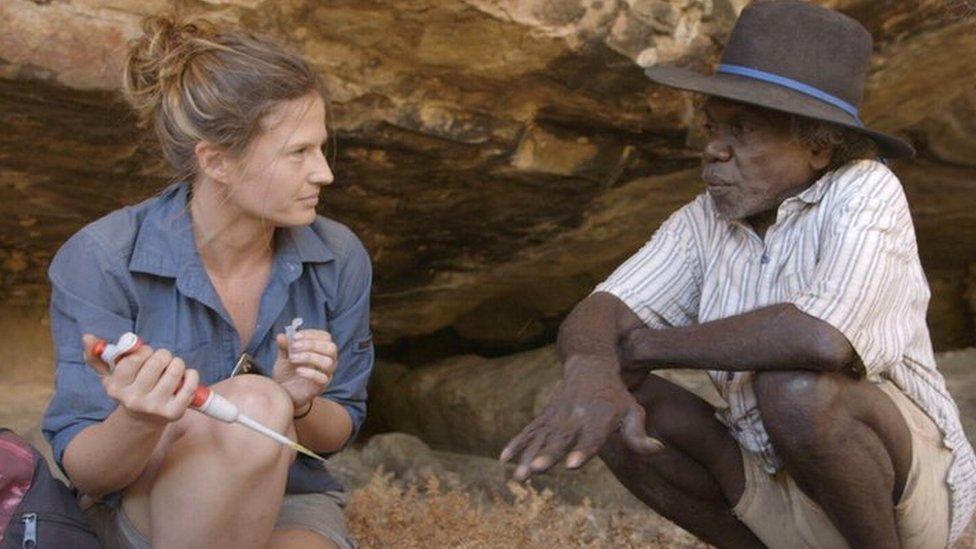
- Published5 July 2017
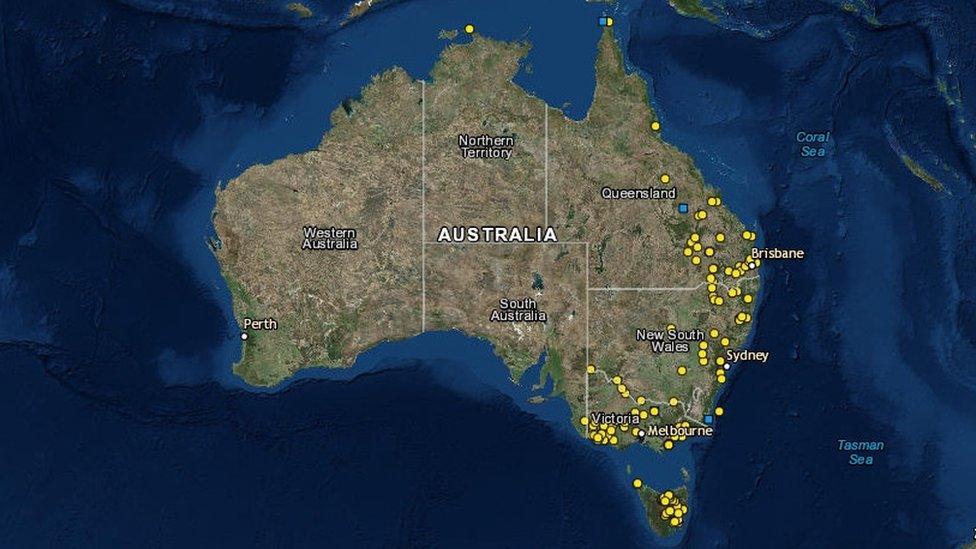
- Published26 October 2017
